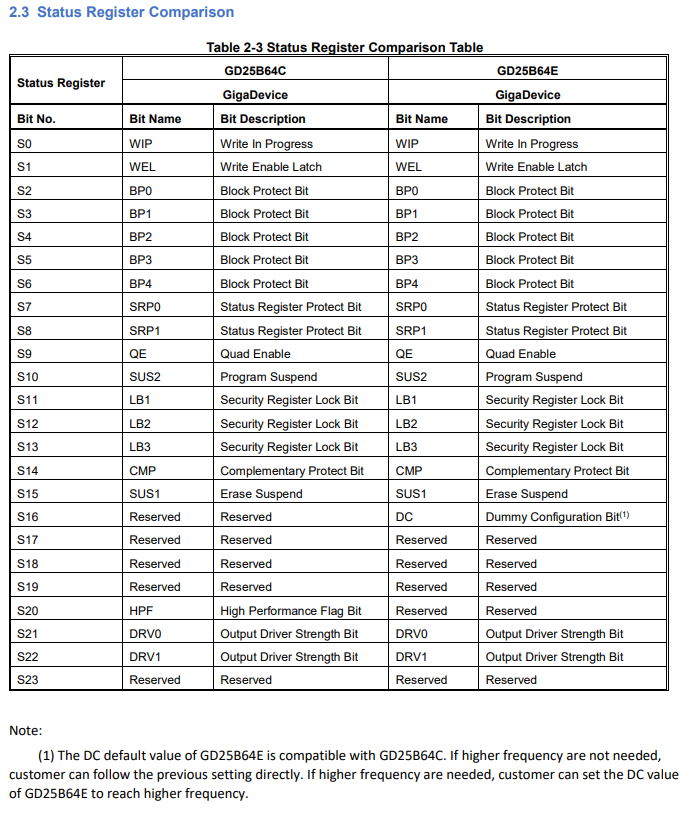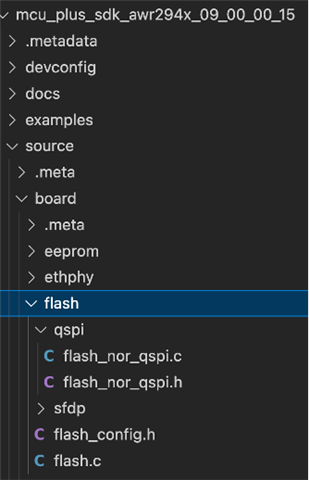Other Parts Discussed in Thread: UNIFLASH,
Tool/software:
Hi everyone,
We are trying to flash the AWR2944 on a custom PCB over UART via the UniFlash utility but have yet to have any success doing so. We have successfully flashed the AWR2944EVM using UniFlash (SBL Image: sbl_qspi.release.tiimage, App Image: awr2944_mmw_demoDDM.appimage) but when attempting to flash the same files to the AWR2944 on our custom PCB, the progress bar gets to about 1/3 of completion and then fails to complete the flash. We get the following errors across the console:
We have tried both the desktop application and the cloud application in browser, both of which fail. We've tried flashing using the XDS110 probe (Debug side connected to JTAG [connected to COM port in UniFlash], AUX side connected to UART) but with no success either. We've also tried flashing via a UART to USB adapter but have the exact same result as the XDS110 tool (COM ports confirmed to be selected correctly).
The flash device installed on the PCB is the GD25B64E, a newer revision of the GD25B64C that is listed as a compatible flash device in the application notes for the AWR2944. There are currently no suppliers that have the GD25B64C in stock, thus the change to the GD25B64E. We have also confirmed several times that we are in SOP5 mode, as well as confirming the pull-up resistor configuration for a selected 40MHz clock that is installed (CX2016DB40000D0FLJCC). Several PCs have been used trying to flash this device but the outcome is consistently the same: flash progress bar fills to 1/3 and then the flashing fails. UniFlash isn't crashing or forcing us to exit via Task Manager, it is simply failing the flash and displaying the error message. We're using the latest UniFlash version available and have tried two different mmWave SDK versions (04_06_00_01 and 04_04_01_02), so it definitely seems like it should work based on the documentation and what is in other forum posts.
We are not sure what we're missing here, there are several others across the TI forums who follow the same procedure as us yet they can successfully flash while we cannot. Can someone advise us as to what to look into next or where to go from here?
Thanks!
Harley









